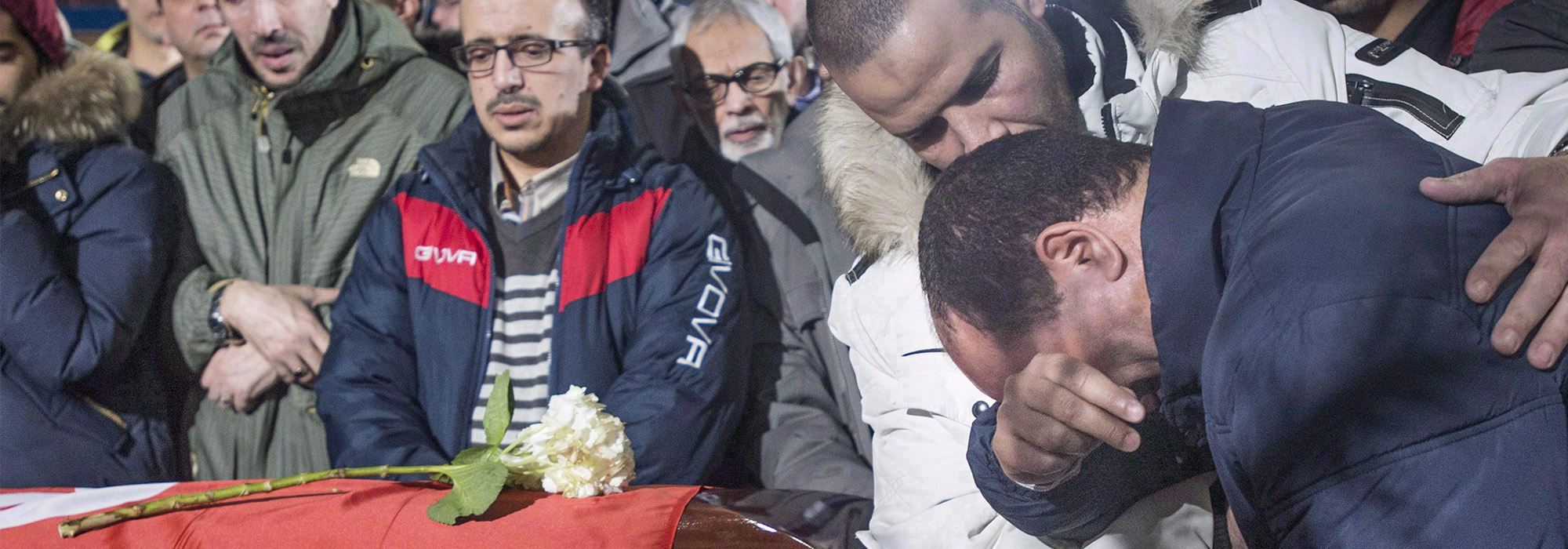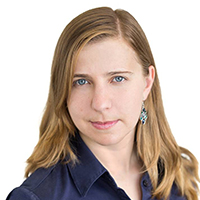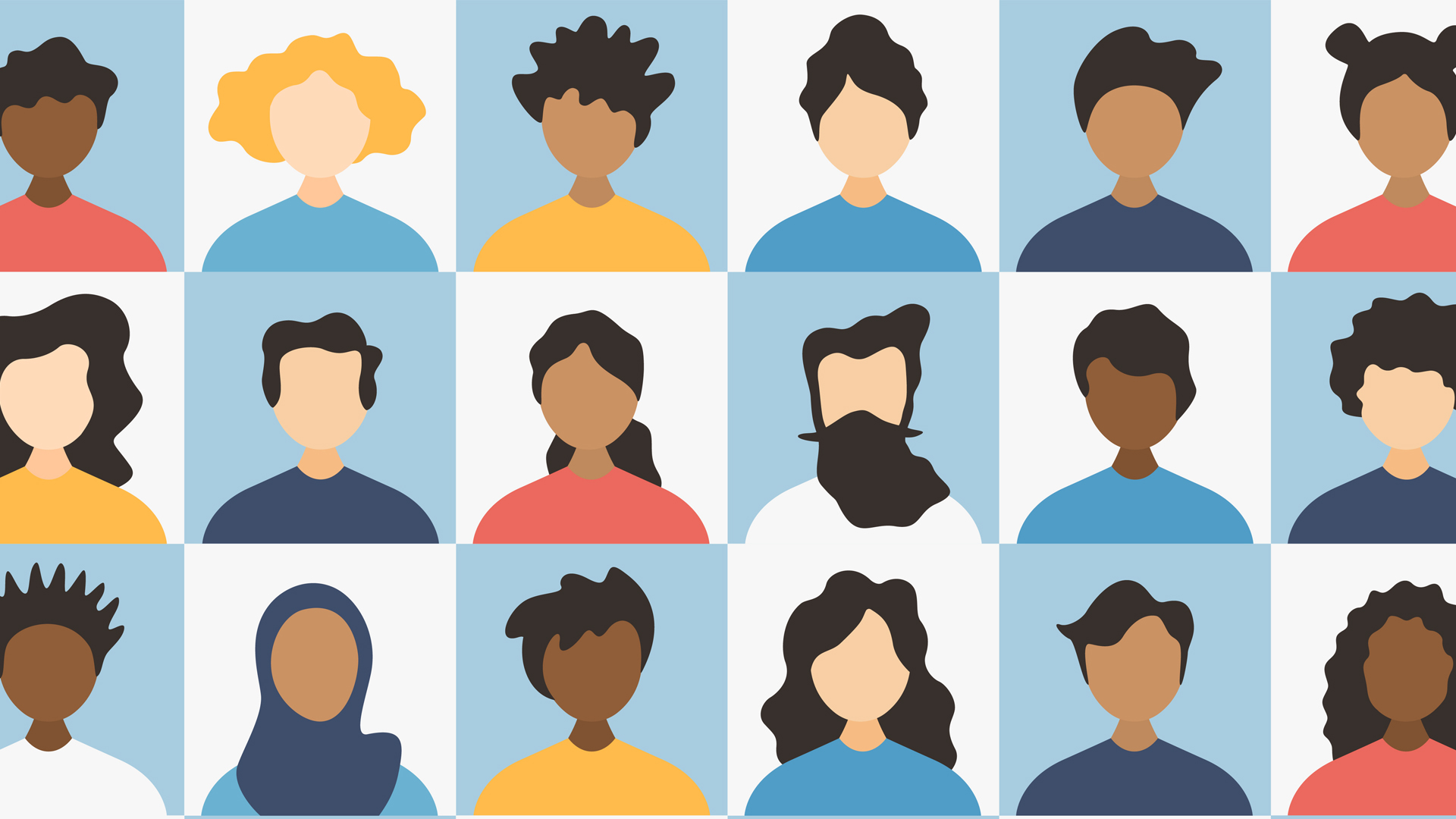
Islamophobia, defined as prejudice and hostility toward Muslims, exists in Canada. In a recent study I estimate that 37 percent of Canadians in 2015 had significantly more negative feelings toward Muslims than toward other racial minorities.
I arrived at this estimate by analyzing responses to “feeling thermometer” scales in the Canadian Election Study surveys. Figure 1 shows the responses by region. Survey respondents were asked to score their feelings toward members of various social groups on a scale of 0 (really dislike) to 100 (really like). “Significantly more negative feelings” toward Muslims means a negative difference of 5 points or more between the scores of attitudes toward Muslims living in Canada and the scores of attitudes toward members of other social groups, such as Whites and other racial minorities.
Some key sociodemographic patterns emerge from crunching these numbers further. Although not all members of the following sociodemographic groups hold more negative feelings toward Muslims living in Canada than toward Whites, trends show that on average more of them do: older respondents, politically more conservative respondents and those with lower levels of education.
Additionally, respondents who said that Muslim women should be banned from covering their faces in public had on average a larger negative gap between their feelings toward Muslims living in Canada and their feelings toward Whites; the gap was much larger than the average gap in the group of respondents who answered that Muslim women should not be banned from covering their faces in public, and larger than the gap among those who were not sure. Consequently, there appears to be a link between many respondents’ stance on this policy issue and their feelings toward Muslims in general.
Figure 2 considers discrimination from Muslim Canadians’ perspective. After analyzing survey data from Muslim Canadian respondents in Statistics Canada’s 2014 General Social Survey, I estimated that one in five Muslim Canadians said they have experienced discrimination due to their religion, ethnicity or culture at least once in the past five years; the proportion is higher than for members of almost all other religious groups. And that is only the discrimination that is visible or vocal enough for them to be aware of.
Once again, certain patterns emerge from crunching these discrimination numbers further. Muslims who immigrated to Canada from outside North America are less likely to say they have experienced discrimination due to their religion, ethnicity or culture than those born in Canada or the US: 24 percent less likely if they were born in Europe; 16 percent less likely if they were born in Africa; and 18 percent less likely if they were born in Asia, the Middle East or Oceania. This may be because immigrant Muslims enter into less daily contact with members of the majority (who may discriminate) at school or at work. It may also be because their threshold in identifying an act as discriminatory may be higher, since some may be coming from countries where they faced worse discrimination than in Canada.
Those Muslim respondents who identify their neighbourhood as a hot spot for racial, ethnic or religious violence are more likely to identify having experienced religious, ethnic or cultural discrimination themselves: Muslim respondents who consider this type of violence a big problem in their neighbourhood are 31 percent more likely to say they have experienced religious, ethnic or cultural discrimination than those who say this type of violence is not a problem in their neighbourhood. This being said, only 12 percent of Muslim respondents in the 2014 General Social Survey identified racial, ethnic or religious violence as a small, moderate or big problem in their neighbourhood, compared with 88 percent who said it was not a problem at all.
What do these findings mean for the fight against the social problem that is Islamophobia in Canada? As detailed in my article, educational measures and open dialogue with Muslims and Muslim communities to combat negative stereotypes and prejudice toward Muslims should not be focused only in schools and universities, where the young and the university-educated already show, on average, more positive feelings toward Muslims. A serious effort should also be made to bring these measures to social settings where Quebec residents, older adults, those without a university education and those with a more conservative value orientation can also benefit from them: settings such as various workplaces, community and political activities, social clubs and media outlets frequented by older and more conservative-oriented adults. Working to eliminate Islamophobia will not only help members of Muslim communities live discrimination-free lives, but it could also be one way to help prevent anti-Western radicalization taking hold among their youth.
The survey results also indicate that certain members of Muslim communities are more vulnerable to experiencing religious discrimination — at least, open forms of discrimination that they themselves can identify. Mental health as well as other resources that support individuals who have lived through these experiences should be made available to everyone, but may be especially needed in social settings where these more vulnerable Muslims can be found, such as in Atlantic Canada, at schools attended by second- and third-generation Muslim Canadians and in community centres in racially, ethnically or religiously problematic neighbourhoods.
The empirical study of Islamophobia to better understand its dynamics, causes and effects should not stop with my study. More research that systematically gathers and analyzes a variety of data on this topic from interviews, focus groups, surveys, social media, print media, popular culture and institutional and political sources is badly needed in Canada, as well as in many Western societies. Social policy, educational measures and community dialogue are best developed and carried out when informed by what is really happening on the ground and what takes place in the daily lives of citizens.
Photo: A man breaks down next to the caskets of three of the six victims of the Quebec City mosque shooting during funeral services at the Maurice Richard Arena Thursday, February 2, 2017 in Montreal. THE CANADIAN PRESS/Paul Chiasson
Do you have something to say about the article you just read? Be part of the Policy Options discussion, and send in your own submission. Here is a link on how to do it. | Souhaitez-vous réagir à cet article ? Joignez-vous aux débats d’Options politiques et soumettez-nous votre texte en suivant ces directives.








